He also has the most impressive collections of research materials for the Early Medieval period in Europe and he has been invaluable in getting me additional info I have needed for my own projects at times.
I highly recommend checking out his articles (weapons, armor, clothing, firestrikers.... there is SO much) and also his book sale page. If you like what you see, please consider donating via his sponsorship page as his research IS his work.
https://sagy.vikingove.cz/en/articles/
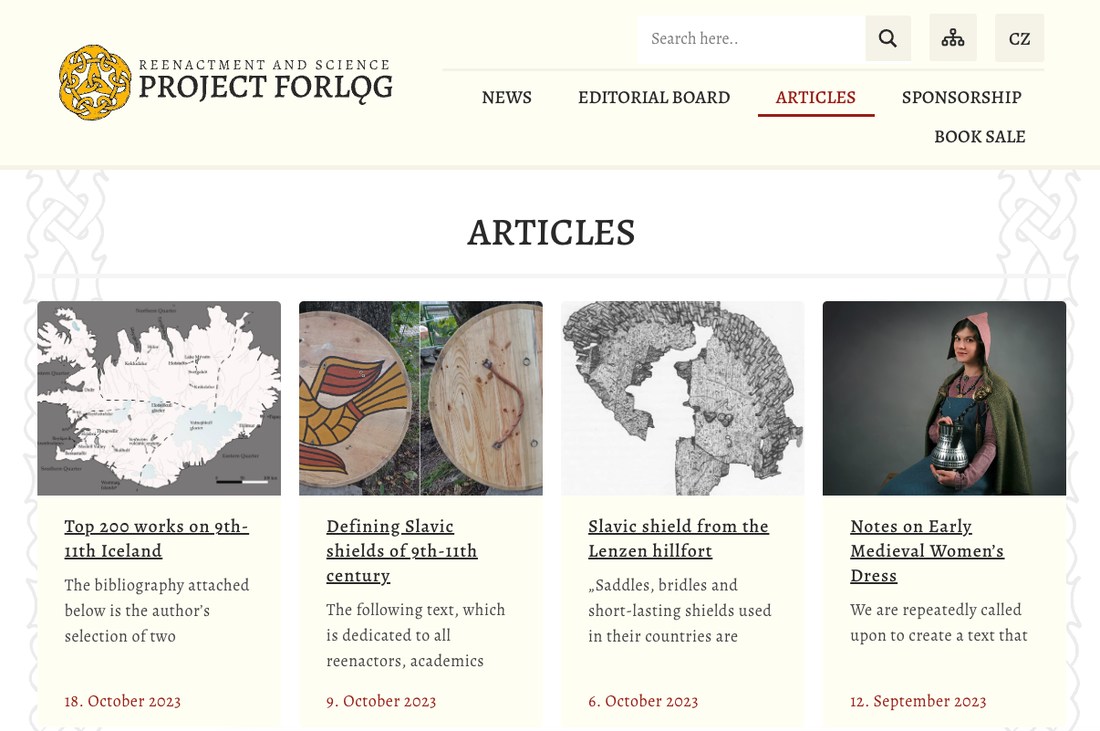
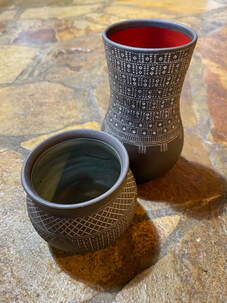
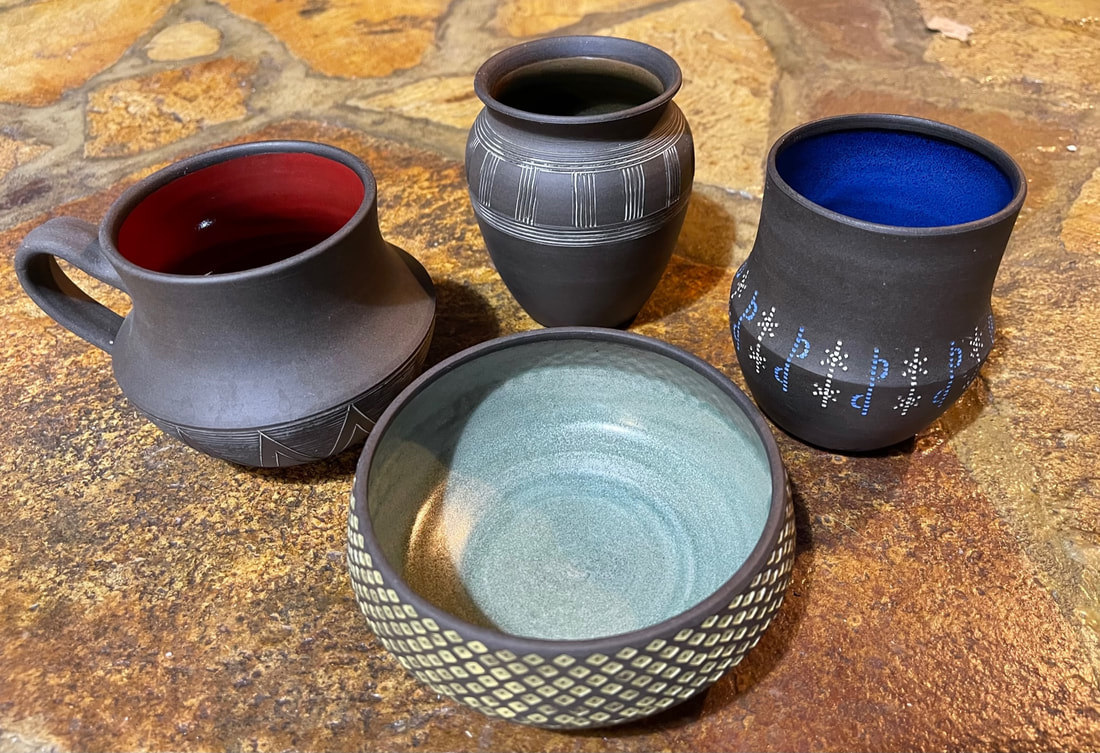
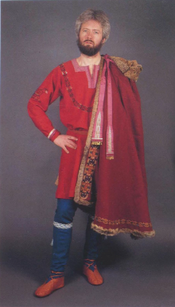
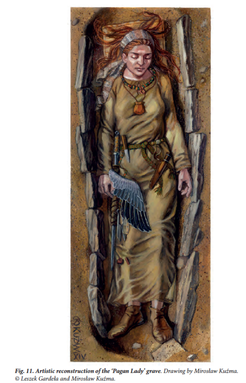
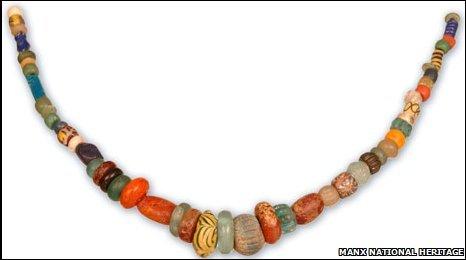

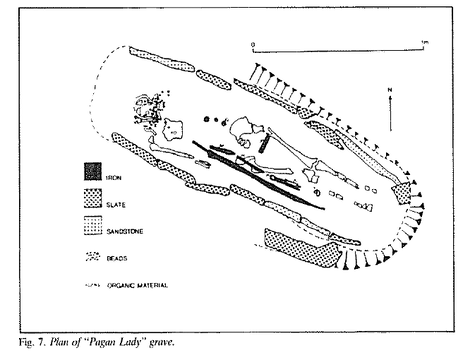
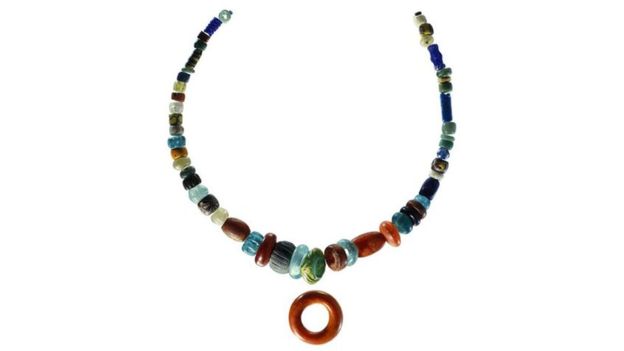
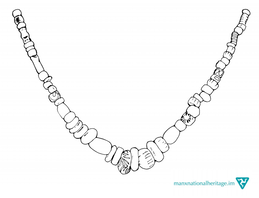
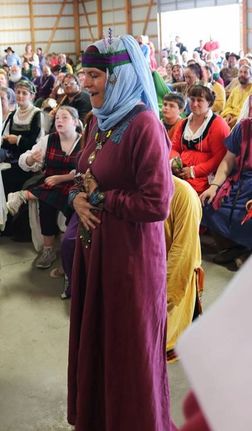
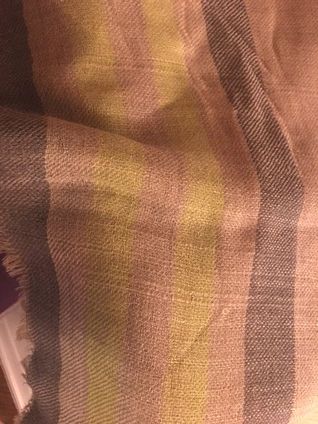
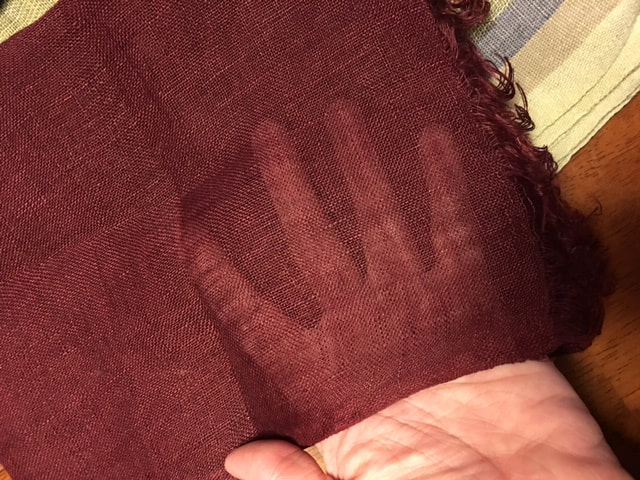
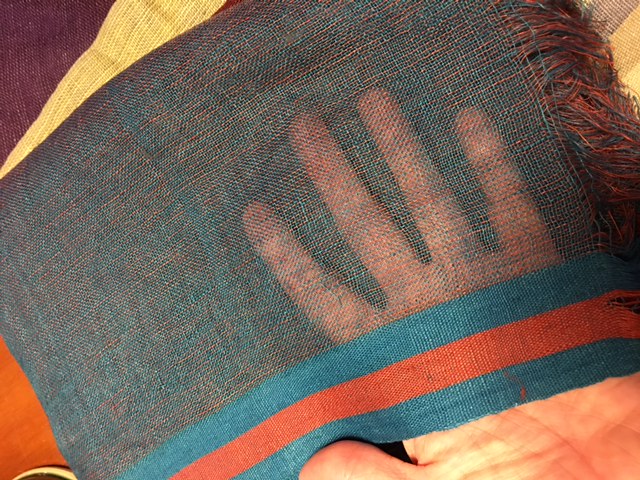
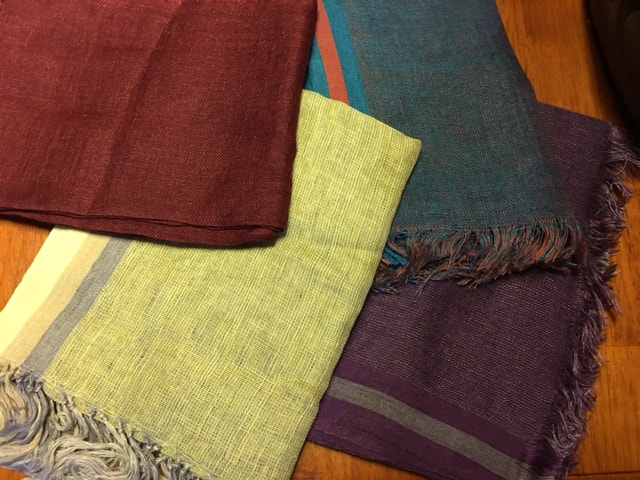
 RSS Feed
RSS Feed